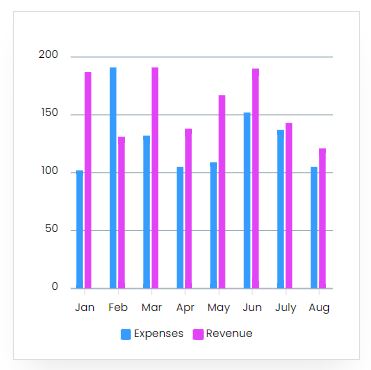Project Report For Particle Board Manufacturing
Introduction
Project report for Particle Board Manufacturing is as follows.
Particleboard is a wood-based substance that is created by glueing together wood particles. Because the surface layer’s wood chips are thinner than those in the centre layer, the particle board’s surface is denser and more compact than the middle. In particle boards, ten percent of the adhesive is utilised.
Another low-cost product derived from leftover wood resources is particle-board. It’s manufactured by pressing resin and sawdust together with heat. Particle boards are often utilised in the production of low-cost home décor furniture.
Sample Project Report Of Particle Board Manufacturing For Bank Loan
Get Completely Custom Bankable Project Report
It may also be used as a foundation layer for countertops. Particle board is easy to drill into, although it does have a certain amount of tear-out.
A particle board’s surface is finished with laminate or veneer to improve its appearance. Particle board is difficult to mould and mould because it tends to crack or chip.
It’s small and light, making it simple to carry and travel. When compared to MDF, it has a superior ability to retain nails and screws.

Drilling, cutting, grinding, painting, glueing, and so on are all basic tasks. It’s a green product made from sawdust, wood chips, and shavings, among other waste wood components.
Particle-boards have soundproofing capabilities, which makes them an ideal option for auditoriums, speakers, and theatres.
Market potential
Expenses

Product Cost Breakup

Reveneue Vs Expenses

Market Trend

In 2020, the worldwide particle board market will be worth $21 billion. The market will increase at a CAGR of 4.4 percent between 2021 and 2026, according to IMARC Group.
Low-density fiberboard (LDF) is a kind of engineered wood manufactured from sawmill shavings, wood chips, sawdust, and synthetic resin. It is cost-effective, simple to install, lightweight, environmentally friendly, and dense and consistent.
As a consequence, it’s frequently used in the commercial and residential sectors across the world to make home furnishings including kitchen cabinets, bookshelves, doors, windows, and wall and floor coverings. It is now available in a variety of sizes, densities, particle shape, and adhesive application amounts.
One of the primary reasons driving market expansion is a significant increase in housing building due to increasing urbanisation and a growing worldwide population. Particle boards may also be coated, painted, or wallpapered to enhance their overall aesthetic value.
This, together with the expanding working population and the growing popularity of contemporary workplaces, is driving up demand for particle boards in commercial buildings for improved aesthetics.
Because of its exceptional sound-absorbing capabilities, it is frequently used in locations like music halls and recording studios. In addition, the rising popularity of sports and other outdoor activities is fueling industry expansion.
Aside from that, prominent producers are concentrating on increasing the inherent qualities of particleboards by using raw materials obtained from agricultural plants. Natural fibres such as wheat, barley, rice, cotton gin, banana, coir and kenaf are also being used to launch a variety of goods, resulting in a strong market outlook.
